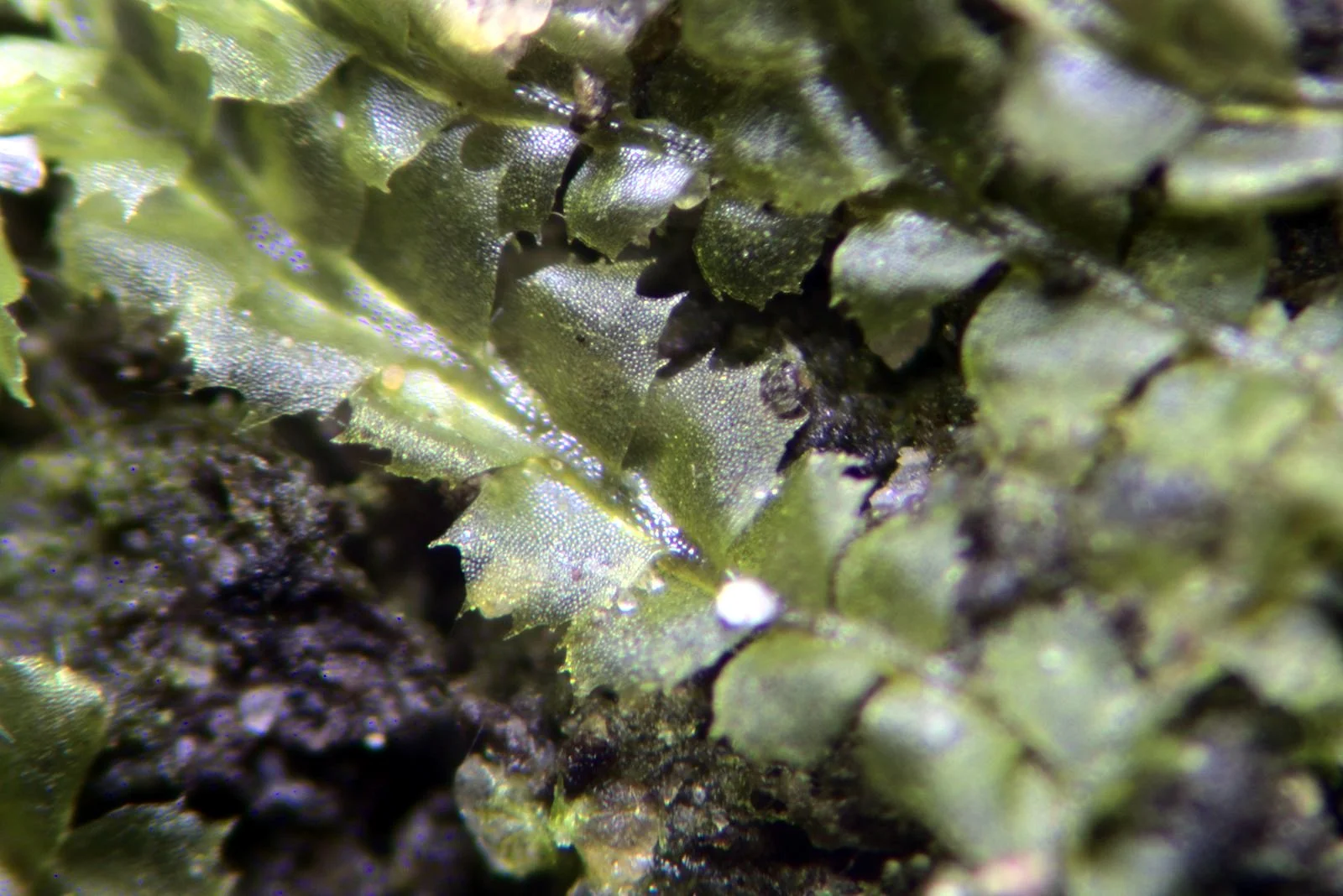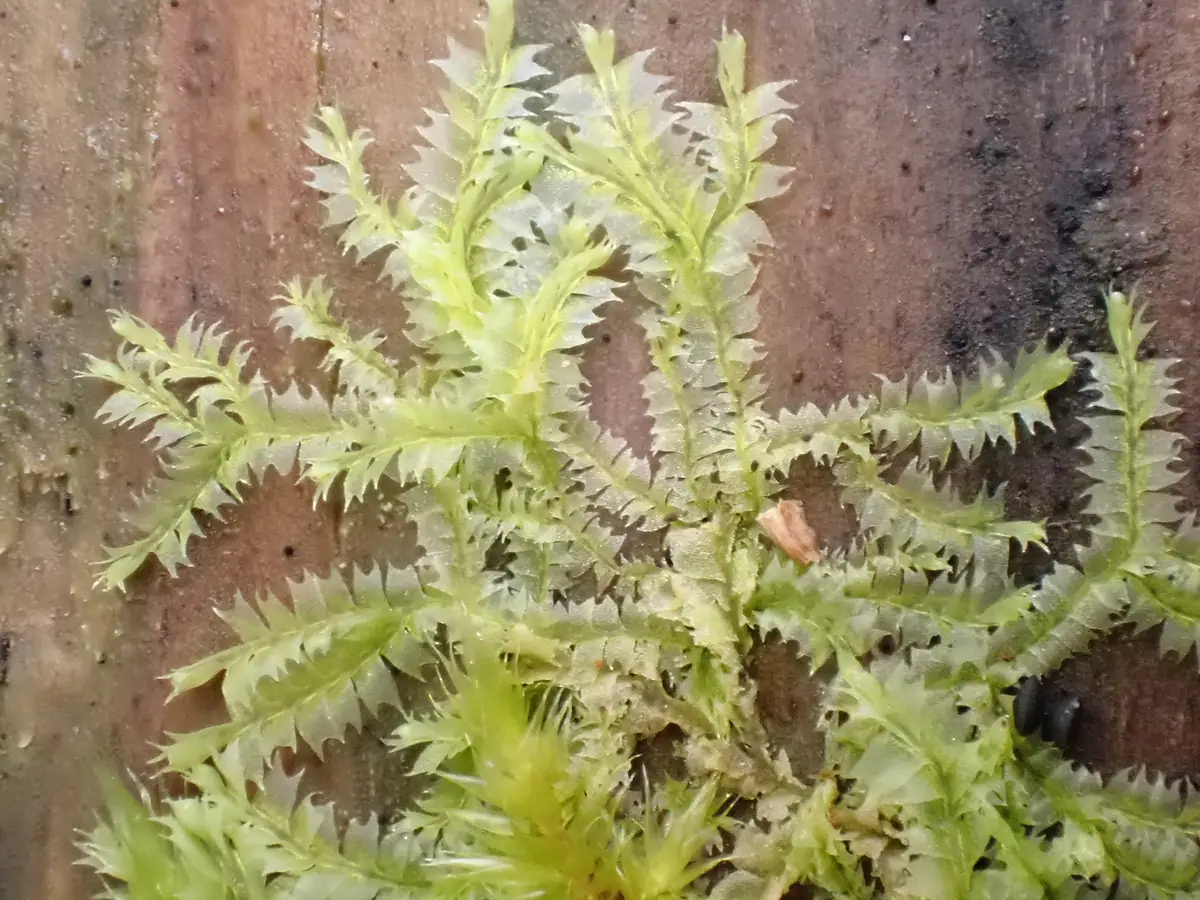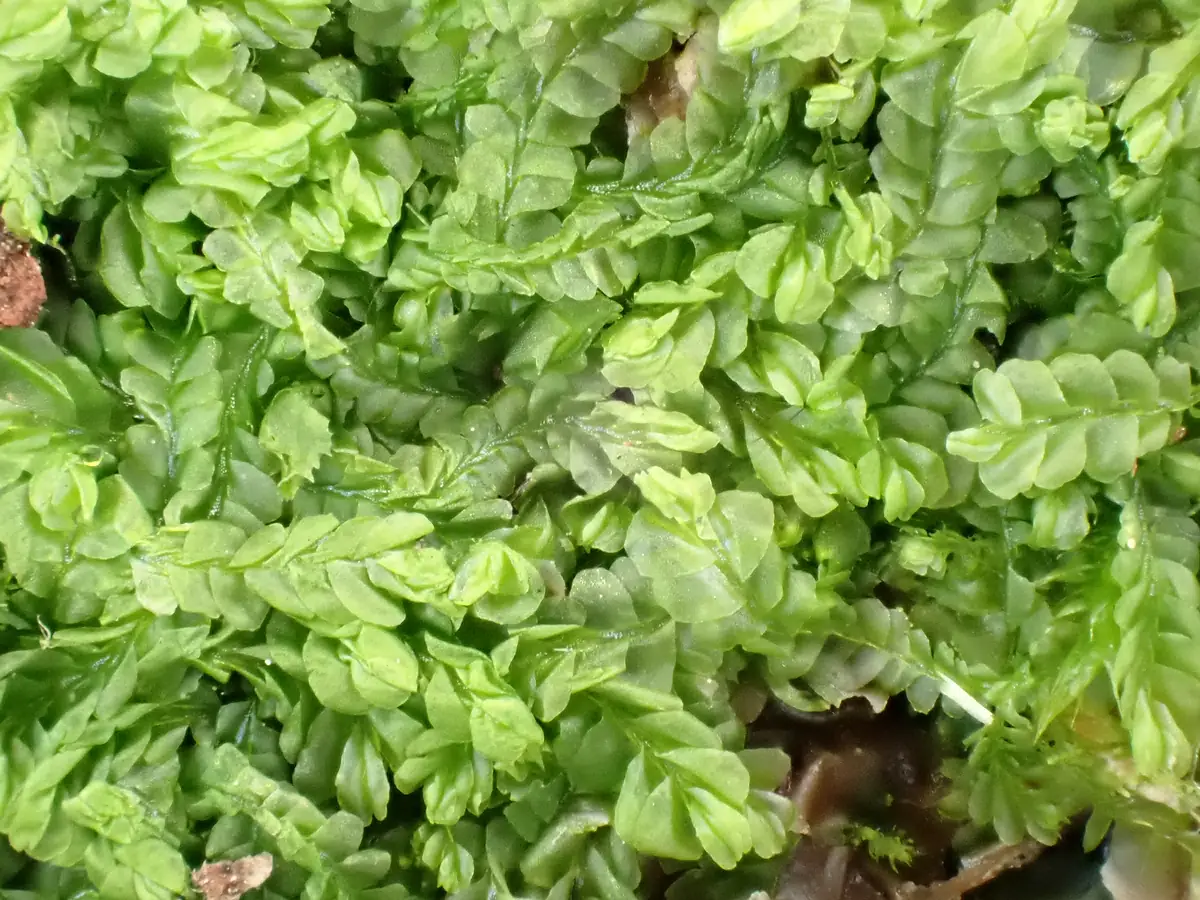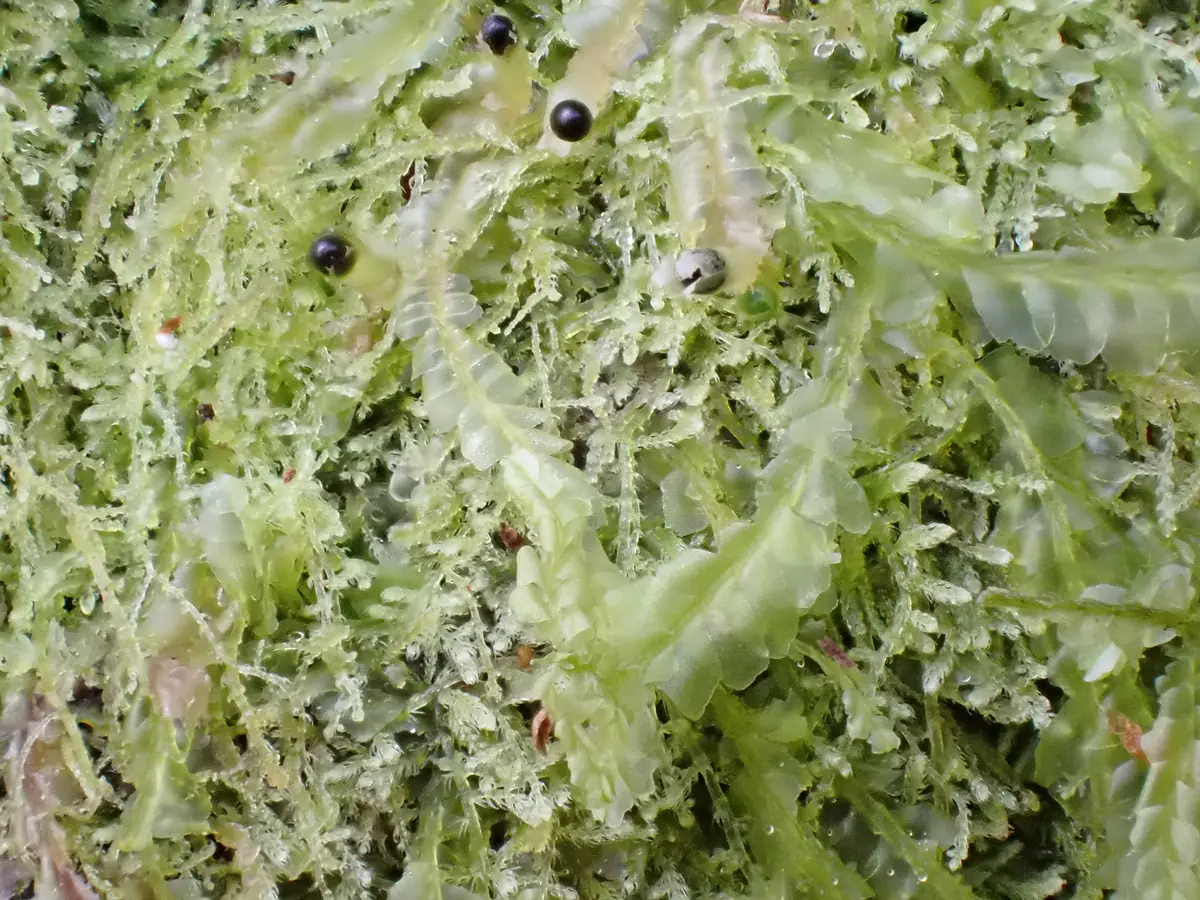A Day Out with the Bryophytes of Branksome Chine
- Jim White
- Mar 20, 2023
- 3 min read
Updated: Nov 7, 2024
DHBlog022 · An article by Jim White, Purbeck Bryology Group

A massive change of scene this week [for the Purbeck visitors, at least]. Forgotten were the tiny arable mosses of calcareous soil, and instead a heady mix of epiphytes and damp-loving bryos, some of them distinctly unusual and all very attractive. The adventure into the conurbation – Branksome Chine – was obviously popular as we mustered a turnout of seven bryo-hunters to explore the delights of the Chine. The combination of a humid coastal valley with a watercourse, some trees with hospitable bark, fallen logs and trunks, mainly acid soils, but also an abundance of old limestone walls and revetments, made for the assembly of an extensive list for the day that included the two ‘specials’ of the site as well as several other very interesting finds. And our target area included both the Dorset and South Hants vice counties!

Although the dominant tree cover is provided by tall pines there is a scatter of deciduous trees and some, like a couple of sycamores very early on, provide a good habitat for bryos. These include Metzgeria furcata, Myriocoleopsis (Cololejeunea) minutissima, Radula complanata, Rhynchostegium confertum, Amblystegium serpens, Cryphaea heteromalla, Zygodon conoideus, Z. viridissimus, Orthotrichum diaphanum, and Syntrichia papillosa. Further down the valley, fallen branches provide the occasional glimpse of bryophytes from elsewhere in the canopy, such as Metzgeria violacea Orthotrichum pulchellum, Lewinskya affine(Orthotrichum affinis) and Pulvigera (O.) lyellii. There are frequent fallen trees providing a gradually rotting and substantial growing surface, and the bryos present in this habitat include Hypnum cupressiforme, Isothecium myosuroides, Kindbergia praelonga and Dicranum scoparium. The infrequently recorded (in Dorset) liverwort Lophocolea fragrans also occurs in this situation (and a first record for vc11, being found on both sides of the stream), while large, decorticate logs in heavy shade provide the niche for Tricholepidozia tetradactyla(Telaranea murphyae), one of two introduced liverworts, and otherwise only known in UK from Scilly. The other, also in this Chine, is Lophocolea semiteres, possibly a first record for the Dorset vc. We sometimes have to search for, or not even find, one Lophocolea species, so finding four, and in an urban locality is interesting!
Lophocoleas include L. fragrans (top-left), L. bidentata (top-right), L. semiteres (bottom-left) and fertile L. heterophylla with Tricholepidozia (bottom-right)
While most of the Chine is subject to quite heavy shade there is the occasional more open patch, sometimes with damp grassland, and here bryophytes include Calliergonella cuspidata, Rhytidiadelphus squarrosus, Lophocolea heterophylla, Fissidens taxifolius, Tetraphis pellucida, Atrichum undulatum and Plagiomnium undulatum. The naturally acidic soils of the valley locally support typical species such as Dicranella heteromalla, Fissidens bryoides and Leucobryum juniperoideum* as well as a striking abundance of the attractive liverwort Lepidozia reptans.

The watercourse, generally bounded by limestone rock, supports another range of bryophytes including Pellia endiviifolia, Lunularia cruciata, Conocephalum conicum, Lophocolea bidentata, Rhynchostegium (Platyhypnidium) riparioides, Rhynchostegiella teneriffae and abundant Thamnobryum alopecurum. Other stone species, perhaps less dependent on proximity to the water or high humidity include Tortula muralis, Grimmia pulvinata, Homalothecium sericeum, Rhynchostegiella tenella, Didymodon sinuosus, D. nicholsonii, and Cirriphyllum crassinervium, this last moss with relatively few Dorset records.

So, a fruitful day and one where the forecast had been quite accurate; wet to start but steadily improving. We had no further rain once we set out, although there was always the likelihood of an unnervingly targeted cold, heavy water drop from the high canopy! Although well within the conurbation and so clearly heavily modified from its original natural state, Branksome Chine has a refreshing degree of wildness, if closely explored. Hardy’s brief contextual description of Sandbourne (his Bournemouth), in ‘Tess of the D’Urbervilles’, and its then incongruous proximity to the great Egdon Waste, seems surprisingly relevant to our experience: “Within the space of a mile from its outskirts, every irregularity of the soil was prehistoric, every channel an undisturbed British trackway.… Yet the exotic had grown here….” Well, perhaps not completely prehistoric and undisturbed!
* Leucobryum juniperoideum is based on existing taxonomic treatment, which is expected to change in 2023.






